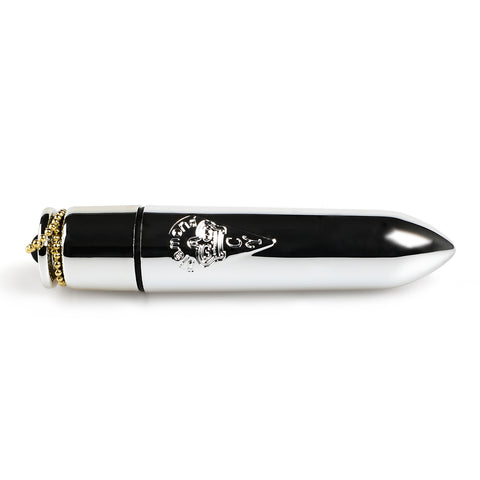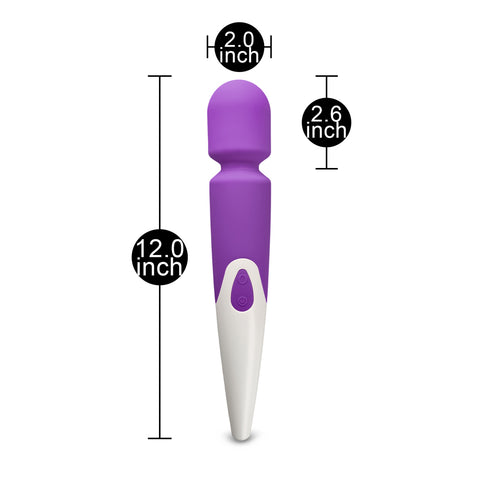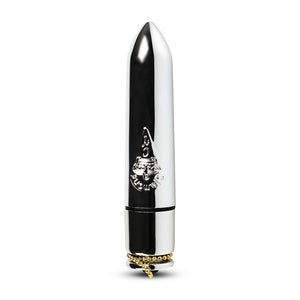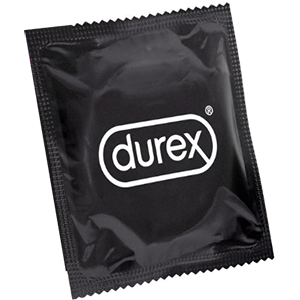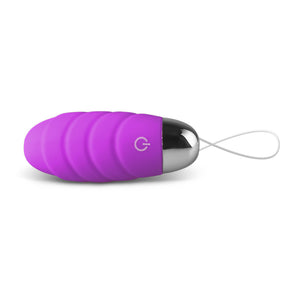Safe Words And Traffic Lights: How To Say Stop In BDSM
Safe Words And Traffic Lights: How To Say Stop In BDSM
During your explorations of the BDSM world, you may have come across the terms safewords and traffic lights. What are BDSM safe words, and what do traffic lights have to do with the exciting world of power exchange, kink and fetish?
What Are BDSM Safe Words? Who Are They For?
What exactly is a BDSM safe word? It’s a word you agree upon with your sex or play partner which will mean no or stop. It’s a word you wouldn’t usually say as part of sex or BDSM, therefore the words ‘no’ and ‘stop’ need replacing with something else. Something unusual, and which can immediately be identified as genuinely meaning the person wants proceedings to stop immediately. We tend to use “lemmings” or “giraffe” or “orange”, for example.
Don’t assume a safeword can or should only be used by the submissive person or the one in the bottom role. Safe words can be used by anyone at any time during sex and BDSM, and they should of course be respected by everyone involved.
When To Use Safewords
Don’t ever be afraid to use, or cautious about using, your safe word. BDSM safewords are set before the action starts so that you and your partner feel safe, and safe to continue, at all times. If you’re thinking “oh, maybe I should safe out of this by saying my safeword” then say it.
Or, you can use the traffic lights method below (or a combination or BDSM safe words and traffic lights) and say “amber” (or “yellow”) to stop temporarily & discuss or “red” in place of “completely stop immediately”. Let’s look at BDSM traffic lights in more detail.
What Are Traffic Lights In BDSM?
As briefly touched on above, BDSM traffic lights are basically what you’d imagine them to be. The colours of traffic lights are used as an effective method of communicating how you really feel about what’s going on at the time, during sex and/or BDSM sessions.
Here’s a brief explanation:
“Green” confirms you’re OK to continue, everything’s good.
“Amber” or “Yellow” indicates that you’re nearing your limits and/or you need to stop temporarily to discuss how to proceed in a more comfortable way.
“Red” is a clear communication to stop immediately.
What About When You Can’t Talk?
At times during BDSM sessions, or during bedroom bondage and sex, you might not be able to say your safe word. BDSM gear such as ball gags and other mouth gags, bondage hoods and masks, or other devices may remove your ability to speak. How are you supposed to convey ongoing active consent or that you need the session to stop immediately, if you can’t use BDSM safe words?
If you or your play partner are consensually tongue-tied by the use of one of the above bondage toys or other, make sure you agree on another method of safing out before you start. This could be by finger signals –if their hands aren’t tied, of course. This depends on the Top/one in control keeping an eye on the bottom/submissive’s hands so they don’t miss the signal.
A more reliable method of non-verbal safing out is by giving them a buzzer or other audible button to press, or a bell to ring.
Staying Safe: Trust, Respect & Active Consent
At the heart of all good and enjoyable sex and BDSM are the above tenets: trust, respect and active consent. Consent is a non-negotiable, mandatory aspect. Therefore, you have to be sure everyone involved is actively consenting to proceedings at all stages throughout the sex or power exchange play session.
BDSM safe words and safing out methods are a good indication of how someone really feels, in a situation where yelps of “no” and “stop” might simply be part of the consensually kinky soundtrack. Don’t be afraid of using, or too proud to use your safe words and safe out methods. Safing out or using BDSM traffic lights isn’t weakness, it’s communication! Everyone has their limits –yes, everyone.
I believe BDSM safe words and mutually agreed safing out methods are a requirement for both sexual and non-sexual kinky and power exchange sessions, not merely an option. Hopefully this article has helped explain both what safewords are as well as how and when to use yours.

